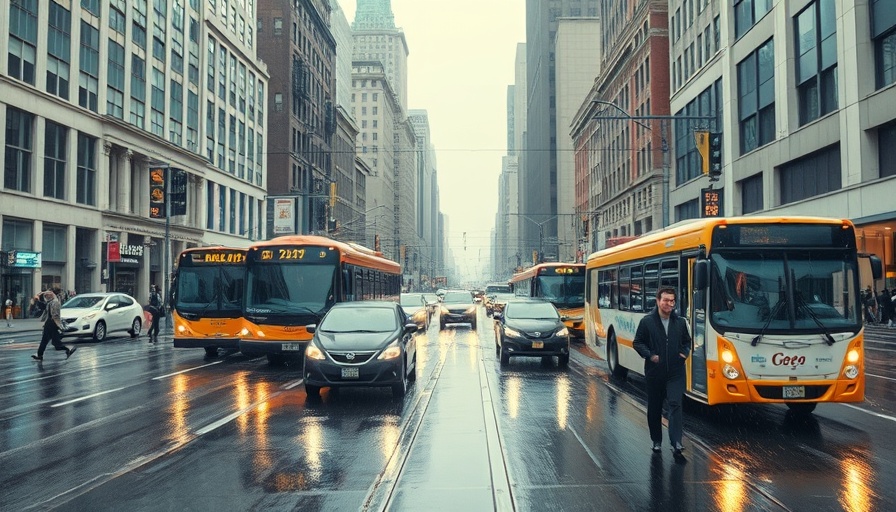
The Empty Office Dilemma in San Francisco
As the COVID-19 pandemic reshaped urban dynamics, San Francisco's downtown office buildings have faced a stark reality: more than a third of these once-bustling spaces now sit vacant. This predicament stands in contrast to cities like New York and Los Angeles, where office vacancy rates are comparatively lower. Empty storefronts and shuttered restaurants dot the landscape, presenting a challenging scenario for the city as it seeks solutions to revive its struggling district.
Incentives for Transformation
In an effort to convert these underutilized spaces into much-needed housing, San Francisco's officials have proposed various incentives over the last two years. Notably, Proposition C was approved last year, allowing office-to-housing conversions without incurring transfer taxes. Furthermore, the elimination of affordable housing fees for such projects has been met with cautious optimism.
The most recent proposal, introduced by the Board of Supervisors, aims to create a tax exemption zone along Market Street, spanning from the waterfront to Civic Center and including the Financial District. As District 3 Supervisor Danny Sauter noted, it is imperative to transform downtown into a vibrant neighborhood rather than a nine-to-five financial hub.
The Hurdles of Conversion
While the intention behind these measures is commendable, transforming office spaces into residential units poses significant challenges. Bill Fulton, a fellow at the Terner Center for Housing Innovation, highlights that warming office layouts into comfortable apartments isn't straightforward. Office buildings often feature large, square designs, making it complex to create light-filled individual units with proper access to windows. Additionally, retrofitting plumbing systems to accommodate residential needs often require extensive renovation, effectively gutting the existing structure.
Comparative Approaches Across Cities
A potential model for San Francisco can be found in lower Manhattan, where a similar tax exemption strategy led to the creation of over 12,000 units between 1990 and 2020. According to the Citizens Budget Commission, this framework suggests that with the right support, San Francisco could also achieve significant results in easing the housing crisis, though it may need to navigate its local unique challenges with more distance from the financial sector's needs.
What Lies Ahead for San Francisco?
The path toward successfully converting offices into homes will require more than just incentives. It involves understanding community needs, engaging stakeholders, and diligently overcoming construction barriers. As conversations around housing solutions grow, the city must prioritize sustainable practices and adaptive reuse of structures to foster long-term residential viability.
Engagement from the Community
As the voice of the community resonates more loudly in ongoing discussions, engaging local residents in the decision-making process becomes paramount. Their input can guide future proposals and enhance the potential impacts of these initiatives—transforming vacant office buildings from relics of pre-pandemic life into thriving residential enclaves.
Call to Action
It's crucial for residents, policymakers, and developers alike to collaborate in addressing the housing shortages in San Francisco. Your input could play a pivotal role in reshaping downtown’s future. Attend community meetings, engage with local representatives, and stay informed about city council decisions. Every voice counts in crafting the urban landscape we all share!
 Add Row
Add Row  Add
Add 




 Add Row
Add Row  Add
Add 

Write A Comment